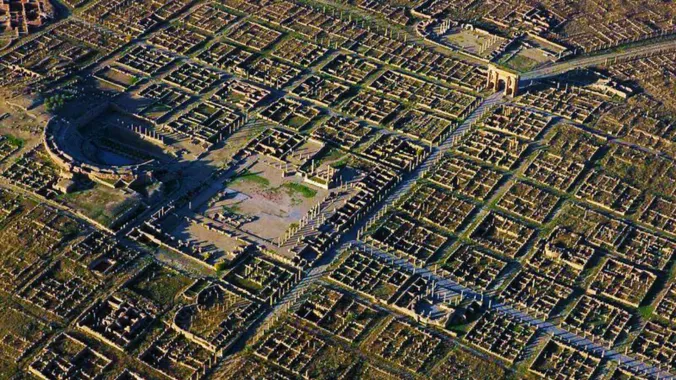Course Info
11 video lessons (47 Mins)
Published
2016-
4.12
Preview Course
Browse Course Chapters
-
1.Introduction
2 mins
-
2.The Ancient World
4 mins
-
3.Medieval/Renaissance Europe
4 mins
-
4.The Far East and Pre-Columbian America
3 mins
-
5.The Bastide in the New World
4 mins
-
6.Spanish Laws of the Indies and the American Midwest
4 mins
-
7.Colonial America and Thomas Jefferson's 1785 Land Ordinance
4 mins
-
8.The Problem of Words
4 mins
-
9.Why the Regular Grid?
3 mins
-
10.Generic Function in Settlements
6 mins
-
11.The Myth of the Regular Grid
5 mins
Course Description
The course is about the when, where, and why of regular grid planning around the world—from Ancient India to the New World—arguing that its independent emergence in different parts of the world is a generic consequence of placing dwellings in a settlement. The transmission of the regular grid, traceable from one society to another over the last 4,500 years, also demonstrates its effectiveness as a utilitarian tool of planning. The course concludes by reviewing the myths surrounding the regular grid, including its role in fostering the ideals of the American Dream.
The objective of this course is to understand how and why the regular grid has been a standard part of the town planning vocabulary around the world for nearly five millennia.
Learn these skills
- History
- Land Use
- Pedestrian Planning
- Plan Making
- Transportation
- Urban Design
- Walkability
- Zoning Codes



























